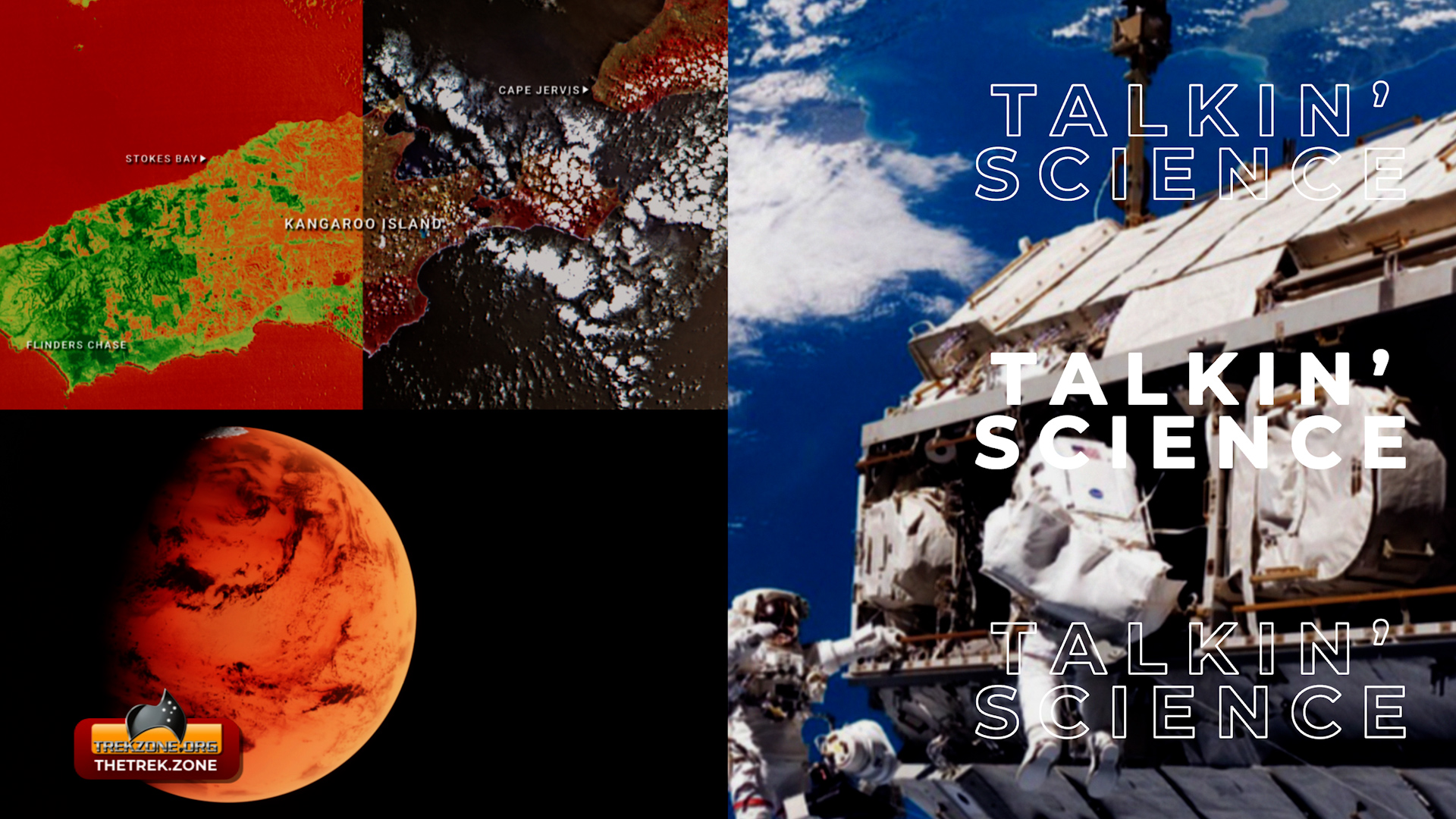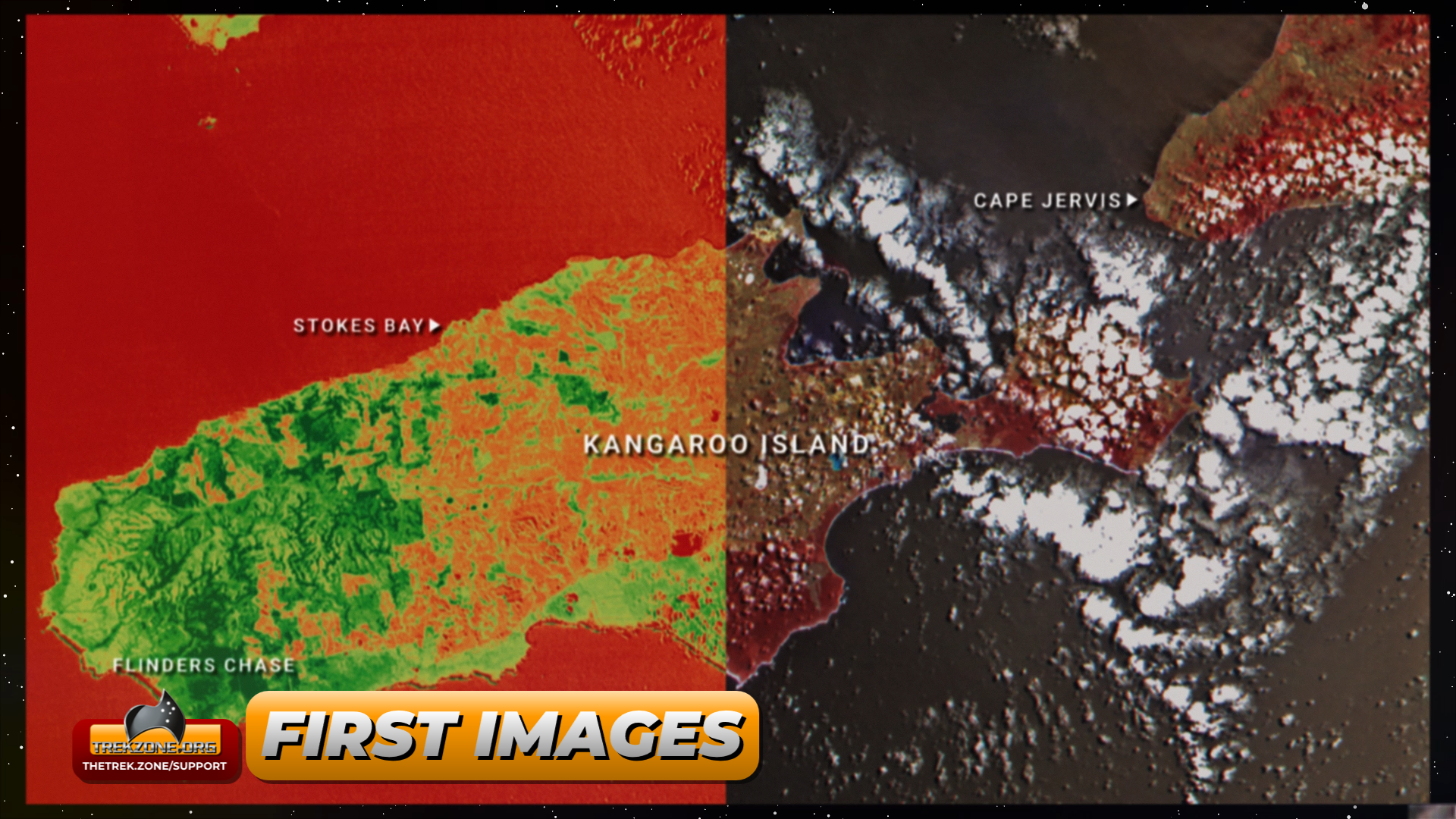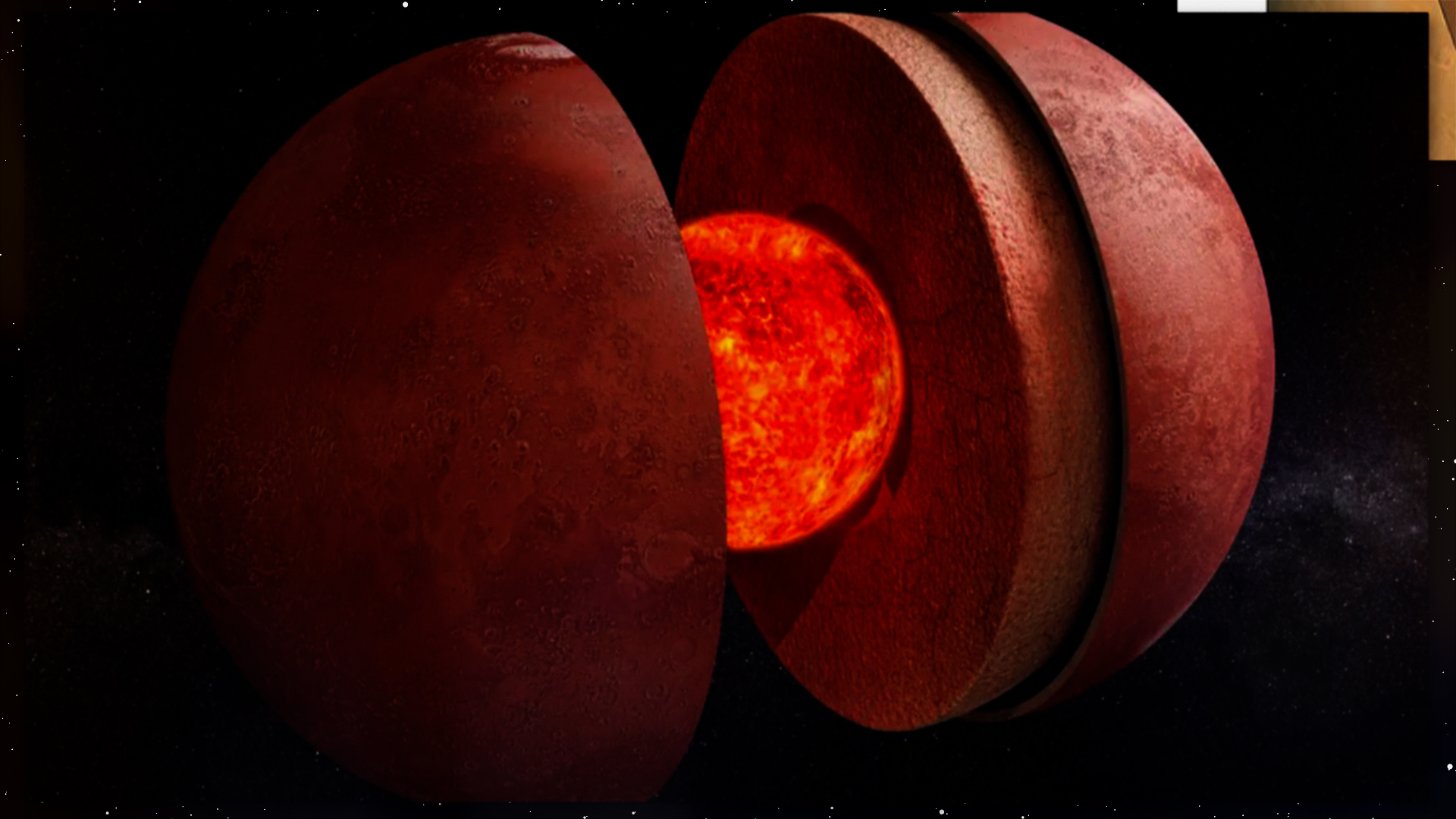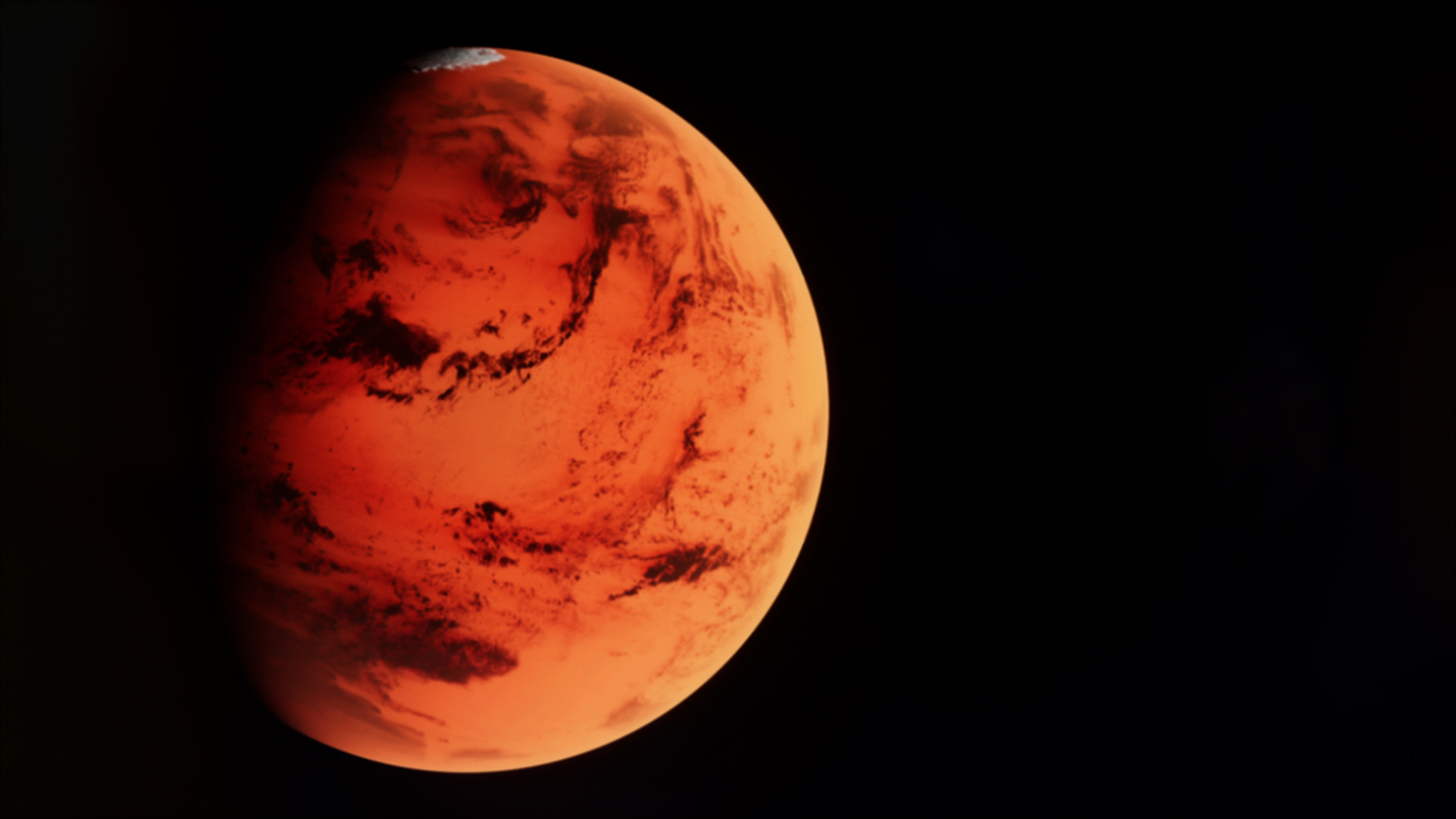
Getting Really Close to the Sun
The Solar Orbiter Spacecraft has captured what appear to be campfires littering the solar surface in the latest images beamed back from the joint NASA-ESA probe.

The Solar Orbiter Spacecraft has captured what appear to be campfires littering the solar surface in the latest images beamed back from the joint NASA-ESA probe.

As the Solar Orbiter spacecraft beams back the most detailed images of the Sun, the Emirates Mars mission lifts off and we take stock of the decade-long plan to build on Australia’s astronomical community.

Gilmour Space on the Gold Coast is another pioneer of the Aussie space industry and they’re powering ahead with their hybrid rocket design. Today, co-CEO Adam Gilmour zooms in for A Trekzone Conversation about their company.

From electrical engineering, visual effects at ILM and Sulu on Star Trek: Continues. The man, the mythbuster, the legend – Grant Imahara.

We’ve covered it all on this week’s editions of Talkin’ Science, and it’s time to wrap them all up with this uncut edition, produced live…

The night time sky is turning on a treat for amateur astronomers with Venus, Earth, Mars, Jupiter and Saturn all at opposition – find out exactly what that means, and how you can see it, with today’s Talkin’ Science Story of the Week..

It’s a real concern in both directions of travel as we set our minds to further missions to Mars and the Artemis program, space contamination could spell disaster not only for what lies preserved on the worlds of our solar system, but what these sample return missions (and crewed return missions) can bring back to Earth.

China’s space program has wrapped a busy week, launching three satellites into orbit from two launches. Dr Brad has the details in this Talkin’ Science Story of the Week.

As China launches three satellites in two weeks, NASA issues directives to manage space contamination and planetary opposition provides a treat for amateur astronomers. It’s Talkin’ Science from Trekzone!

CBS All Access has dropped our first look at Star Trek: Lower Decks – the animated series from Rick & Morty creator Mike McMahan.

Chief Engineer James Waldie is our guest today as part of Aussie Space Month here at Trekzone, with thanks to SpaceAustralia.com.

We’re back live for another edition of Talkin’ Science uncut. From hungry black holes to the loss of 7 satellites, we’ve got this week’s science and space news headlines.

Over the weekend Rocketlabs – the US company aiming to provide fast and reliable access to space – had another failure to launch, which resulted in the loss of all seven satellites.

Astronomers studying data from the Kepler Space Telescope have discovered moons orbiting exoplanets. They’re even harder to find because of their size, but these candidates are about 200 to 3,000 light years away.

Astronomers have made an astonishing discovery while spotting the largest black hole in the known universe. It’s thirty four billion times the mass of our star… and consumes the equivilant of our sun a day.

Astronomers are being kept busy by new research into black holes and exomoons as Rocketlabs – the US based company aiming to provide fast and reliable access to space – fails to launch again.

It’s the end of the third week of March 2025. Here’s the science and space

Astronauts often experience immune dysfunction, skin rashes, and other inflammatory conditions while travelling in space, and international researchers believe these issues are likely due to the overly sterile nature of the International Space Station.

Australia’s first state government funded satellite, Kanyini, has delivered its first images from space, marking

Data from NASA’s InSight mission suggest Mars has a liquid core similar to Earth’s, but European scientists say the core may be solid, at least below a certain temperature.

Scientists have successfully used lasers to identify microbe fossils in rocks from Earth, which are like the rocks found on Mars, opening up the possibility of searching for fossils on the Red Planet.

International scientists, including an Australian, say they’ve found evidence of the highest-energy neutrino detected to date. The result suggests the particle came from beyond our Milky Way, they say, although its precise origin remains mysterious.

We’re bold, innovative and ambitious digital media creators,
consumers and producers.
We are Trekzone Media.
This is TREKZONE.org.

It’s the end of the third week of March 2025. Here’s the science and space headlines from the week that was… Kanyini phones home, shows

Astronauts often experience immune dysfunction, skin rashes, and other inflammatory conditions while travelling in space, and international researchers believe these issues are likely due to the overly sterile nature of the International Space Station.

Australia’s first state government funded satellite, Kanyini, has delivered its first images from space, marking a significant milestone for the space mission. Mission Director Peter

Data from NASA’s InSight mission suggest Mars has a liquid core similar to Earth’s, but European scientists say the core may be solid, at least below a certain temperature.

Scientists have successfully used lasers to identify microbe fossils in rocks from Earth, which are like the rocks found on Mars, opening up the possibility of searching for fossils on the Red Planet.

International scientists, including an Australian, say they’ve found evidence of the highest-energy neutrino detected to date. The result suggests the particle came from beyond our Milky Way, they say, although its precise origin remains mysterious.
© Trekzone Media MMXXV. All Rights Reserved.
The views and opinions expressed by guests on our podcasts are their own and do not necessarily reflect those of Trekzone Media or its employees.